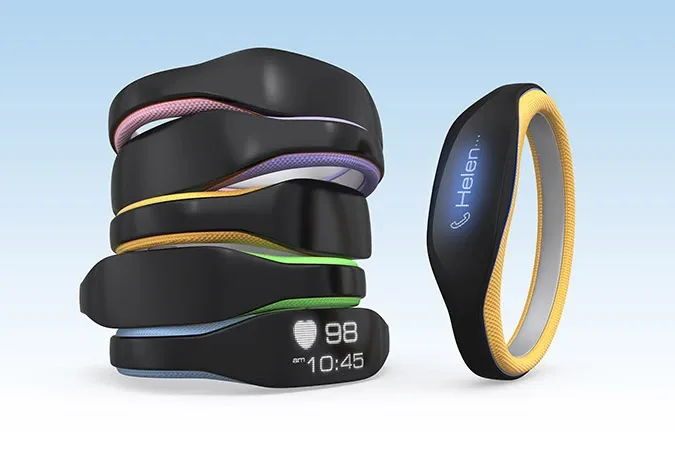CEOs Believe Their Executive Teams Lacks AI Savviness
Only 44% of CIOs are deemed by their CEOs to be “AI-savvy”, according to a survey by Gartner.

The Middle East and Africa (MEA) wearables market continued to see steady growth in Q3 2016, according to the latest insights from IDC. MEA wearables market grew 38.3% year on year in Q3 2016 to total approximately 487,000 units. The growth is being driven by low-cost basic wearables, which grew 55.9% year on year, while shipments of smart wearables increased 4.1% over the same period.
"Buyers for smart wearables are limited as the main application for these devices is fitness, which is an area that basic wearables also cater for at a much lower cost," says Nakul Dogra, a senior research analyst for personal computing, systems, and infrastructure solutions at IDC MEA. "Basic wearables continue to experience higher uptake as their already-low prices are declining further still in a bid to drive differentiation, since there is little to separate the offerings in terms of functionality.
IDC expects the MEA wearables market to total 1.96 million units for 2016 as a whole, which represents an increase of 38.4% on 2015. Looking ahead, the market is tipped to grow a further 22.6% in 2017 to reach 2.4 million units for the year. The uptake of wearables has been relatively slow in MEA when compared to other regions, so there is still plenty of room for adoption and continued steady growth over the coming years. New product launches in the earwear and clothing categories will also fuel further growth.
There are already signs of some consolidation taking place in the industry, both in terms of vendors and operating systems. with Fitbit's buyout of Pebble representing a clear step in this direction. Indeed, these are exciting times for the wearables market, with niche and mass-market introductions set to change the way we interact with technology in our day-to-day lives.